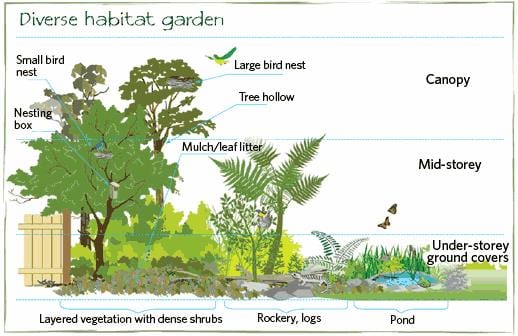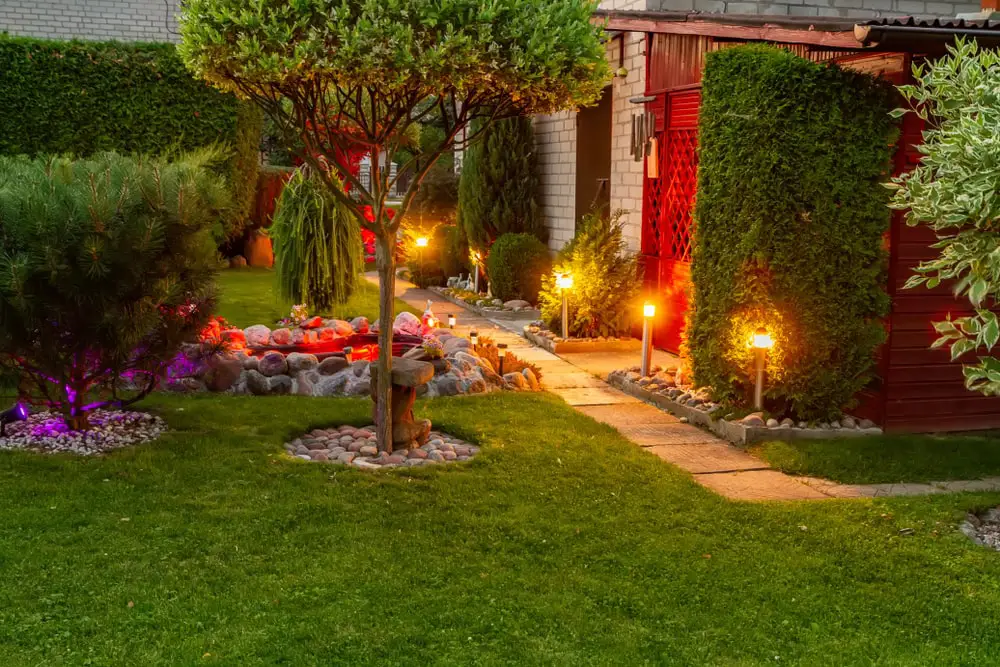The Facts About Hilton Head Landscapes Uncovered
The Facts About Hilton Head Landscapes Uncovered
Blog Article
The Buzz on Hilton Head Landscapes
Table of ContentsWhat Does Hilton Head Landscapes Mean?Some Of Hilton Head LandscapesSome Known Facts About Hilton Head Landscapes.Some Known Details About Hilton Head Landscapes The Ultimate Guide To Hilton Head LandscapesThe smart Trick of Hilton Head Landscapes That Nobody is Talking AboutHilton Head Landscapes Things To Know Before You Get This
Line develops all types and patterns and can be utilized in a variety of ways in the landscape. Line in the landscape is created by the edge in between 2 products, the rundown or silhouette of a kind, or a lengthy linear attribute. Lines are a powerful device for the designer due to the fact that they can be utilized to create an infinite range of shapes and types, and they control activity of the eye and the body.

Lines in the landscape. The residential properties of lines determine exactly how individuals react to the landscape, both emotionally and physically.
Hilton Head Landscapes Fundamentals Explained
Curved lines create a casual, natural, kicked back character that is associated more with nature and unbalanced equilibrium. Bent lines relocate the eye at a slower speed and add mystery to the room by developing concealed views.
Vertical lines in the landscape include high, slim plant material, such as trees, or high frameworks, such as an arbor or a bird home on a pole. Horizontal lines move the eye along the ground airplane and can make an area feel bigger. Low lines are more subdued and develop a feeling of remainder or repose.
The 7-Second Trick For Hilton Head Landscapes
Low lines are developed by low yard walls, pathways, and brief hedges. Lines are utilized to attract forms on a plan. In strategy view, they define plant beds and hardscape locations. Lines are also developed by the vertical types of constructed features and plant material. There are 3 primary line types that produce kind in the landscape: bedlines, hardscape lines, and plant lines.
Bedlines link plant product to your house and hardscape due to the fact that the eye adheres to the line, relocating the gaze via the landscape. Hardscape lines are developed by the side of the hardscape, which delineates the developed framework. Line can additionally be developed by long and narrow products, such as a fencing or wall.
What Does Hilton Head Landscapes Do?
Kind is discovered in both hardscape and plants, and it is commonly the leading aesthetic aspect that spatially arranges the landscape and commonly figures out the design of the garden. The form of structures, plant beds, and garden ornaments additionally identifies the general type style of the yard. Official, geometric forms consist of circles, squares, and polygons.
Plants create type in the garden with their outlines or silhouettes, yet kind can additionally be defined by a gap or negative area in between plants - landscapers in bluffton sc (https://www.pageorama.com/?p=h1tnhdlndscps). Circles can be full circles, or they can be separated into fifty percent circles or circle segments and combined with lines to create arcs and tangents
Hilton Head Landscapes Can Be Fun For Everyone
Circles can also be extended into ovals and ellipses for even more variety and rate of interest. Circles are a strong design kind because the eye is always attracted to the center, which can be utilized to stress a centerpiece or link other types. Number 2. Round kinds in hardscape and lawn panels.
The square kind can also be segmented and used repetitively to produce a grid pattern. Unlike circles, squares are more powerful on the brink, which can be lined up or overlapped to produce one-of-a-kind patterns and more complex kinds. Polygons are many-sided forms with straight sides. Triangles, for example, are three-sided polygons.
Meandering lines frequently mimic the natural course of rivers or streams and can be referred to as smooth lines with deeply curved undulations. Twisting lines (Number 3) function well for paths, plant bedlines, and dry stream beds. Twisting lines can add rate of interest and secret to a garden by leading audiences around corners to find brand-new sights and rooms.
The Main Principles Of Hilton Head Landscapes

Figure 5. Fragmented edges: stepping rocks in pathway. Form is one of the most enduring high quality of a plant (landscaping hilton head sc). https://h1tnhdlndscps.bandcamp.com/album/hilton-head-landscapes. Common plant kinds are well developed and standardized, as kind is one of the most consistent and recognizable feature of plants. Type can additionally be produced through the massing of plants, where the total mass produces a various type than a specific plant.
An extremely contrasting type must be made use of with careone or 2 work well as a prime focus, but way i loved this too many wreak havoc. Natural plant forms, instead of over-trimmed types, should develop the mass of the structure. The importance of general kind is basically reliant on the seeing perspectivethe type of a tree can show up quite different to an individual standing under the cover versus viewing the tree from a distance in an open area.
4 Easy Facts About Hilton Head Landscapes Described
Plant forms likewise produce and define deep space or open areas between the plants, producing either convex or concave types in the spaces. High-arching tree branches typically create a concave open space under the branches, and a round canopy with reduced branches loads the area to produce a convex type in the open area under the tree.

Report this page